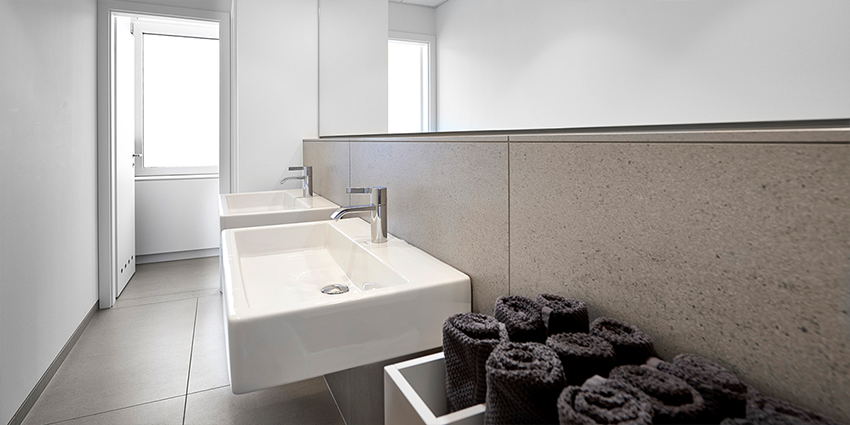Minimalist Design Style
One of the more recent design trends is the minimalist design style. A relatively new style of design, the minimalist style design offers functionality, simplicity and orderliness. How is the minimalistic design approach achieved? What components are necessary for a design to qualify as a minimalistic style? In this article, we will take a look at this intriguing and relatively new approach to interior design.
Minimalist Style Design Principles
One area in which this style of design stands out from the crowd of decorating methods is the sheer lack of objects that use used in the design. Rather than making use of tangibles, the minimalist design style makes liberal use of the abstract to present a distinct look and feel. Let's take a look at the basic principles involved with putting together a minimalist style design.
The first principle that shines in a minimalist style design is simplicity. This idea is conveyed by the name of the design style itself. Because the look and feel is characterized by using a minimum amount of objects, the area being designed naturally appears simplistic. That is not to say that other design styles cannot be constructed using a minimum number of objects. After all, if the objects have an intricate pattern or very detailed texture that stands out, it could detract from the simplistic feel of the style and lean toward another one of the many design styles.
Minimalist Style is Simple in Design
One of the ways that designers keep a minimalist design simple is by using solids rather than intricate or busy patterns. The surfaces, materials, and even the greenery can be carefully selected so that the variety of color does not get too "out of hand". Keeping the color palette to a minimum is a key in maintaining the feel of simplicity.

Geometric Shapes to Enhance Minimalist Style
Our second basic principle for achieving a minimalist design style is geometry. When creating a minimalist style design, one of the tools that a designer can employ is the use of geometric shapes.
When you are designing a room or other area and trying to keep it simple, it can be a challenge to make it interesting. Interest is achieved through the use of other design elements; namely geometry. Since there tends to be a spacious feel in a design of this style, utilizing shapes to create harmony and/or polarity (contrast) is a key to working with the abstract. The shapes of the lines that occur in the objects that you do select to go in the room, can convey either of those moods (harmony or polarity). However, even though a minimal design is simple and a lot of the work is accomplished in the abstract, it does not mean that minimalist designs are just for looks.
Minimalist Design Is Functional Design
The final design principle we will consider in a minimalist style design is functionality. This one is just as important as the others because of the nature of the design style itself. With fewer of every element that goes into interior design - in the effort keep to a "minimum" - it becomes a challenge to retain functionality.
One of the ways to keep a tight hold on the design style without compromising your goal is to make use of functional items. Making use of functional furniture that is visually "simple" but has functionality that is not obvious can add to goal of a minimalist appearance. Additionally, the more functional the furniture is, the less the compromise.
DEKTON® Colors for Minimalism
Many of the DEKTON® colors can be used for creating your minimalist style design. In fact, DEKTON® is the epitome of functional and simple. Here are some of the DEKTON® colors that have been used in minimalist design styles:
DEKTON® Functional and Versatile
In the photos above, you will see that DEKTON® surface can be incorporated into a minimalist style design in any number of ways. Many surfaces like Aura 15 and Lumina could be used to create a minimalistic and functional kitchen or other area.
So, there it is in a nutshell. Three basic principles to keep in mind when you are striving for a minimalist style design in your home, office, or other area. If you stick to those non-complex, yet somewhat challenging concepts, you can achieve a minimalist design. However, as we have seen in this article, traditional design techniques are achievable; just not by using tangible objects. Rather, abstractions and the creative use of features you choose for your design will play a large part in the creation of the minimalist design in your project.
|